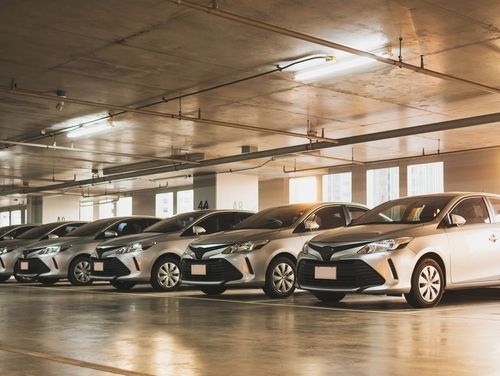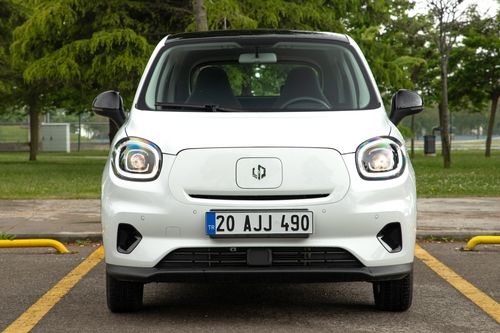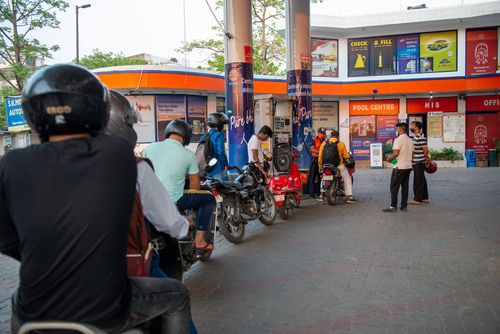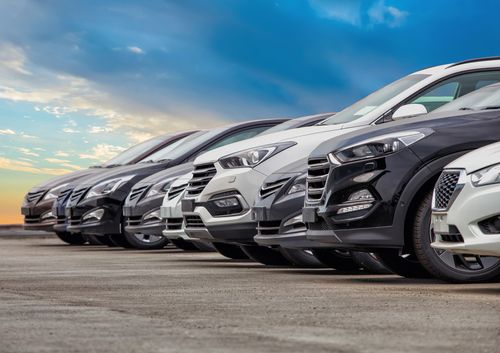Top 10 Reasons Why Your Car Insurance Premium Is High
Written by Upstox Desk
Published on July 25, 2025 | 5 min read
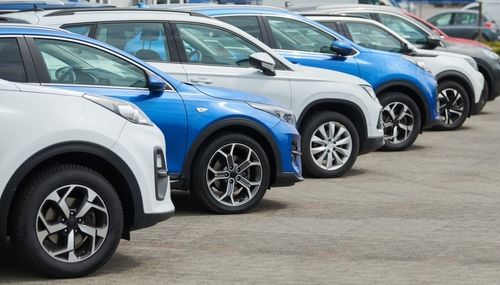
Ashok, a retired college professor, paid ₹80000 as insurance premium while purchasing a brand new SUV. His second-year renewal was close to ₹75000. The IDV (Insured Declared Value) had reduced considerably in the second year. However, in the third year, when the IDV had gone down even further, the premium payable was ₹77000. Ashok had no idea why the insurance premium, instead of reducing over the periods, has either remained consistent or increased.
If you have also wondered why your car insurance premium, both for a new or an old vehicle, has become pricier each year, you are not the only one. This is a common phenomenon, even when you have not made any claims and have a rather clean and safe driving record. You might have researched different ways to reduce your net premium payable, but in the end, it keeps increasing.
However, you must understand that motor insurance premiums are calculated after a careful assessment of different factors, and the amount offered by your insurer is not a random number. Let us understand the ten common reasons why your car insurance premium is so high.
Quick Snapshot: What’s Driving Up Your Premium?
Before we analyse it any further, here is a summary of the most critical factors influencing your car insurance premium. Each reason ties back to how insurers calculate your risk level:
Factors Affecting Car Insurance Premiums
| Reason | Dependent On | Risk Impact on Premiums |
|---|---|---|
| Age and Driving Experience | Driver | High |
| Car Make, Model, and Variant | Vehicle (Car) | Moderate |
| Claims History & NCB Status | Driver | High |
| Residential Area & Parking Type | External Conditions | Moderate |
| Vehicle Modifications | Vehicle (Car) | High |
| Engine Capacity & Fuel Type | Vehicle (Car) | High |
| Coverage and Add-Ons Chosen | Insurance Policy | High |
| Voluntary Deductibles | Insurance Policy | Low-Moderate |
| Driving Record & Violations | Driver | High |
| Renewal Gaps | Driver/Policyholder | Moderate |
Let us now move forward to each of the points individually.
10 Top Reasons Why Your Car Insurance Premium Is High
Reasons Affecting Car Insurance Premiums
| Reason | Explanation |
|---|---|
| Age and Driving Experience | - Young or newly licensed drivers are considered high-risk due to lack of experience. - Premiums can be slightly higher for drivers under 25, but this is not universal. - More driving years and a clean record usually reduce premiums. |
| Car Make, Model and Variant | - High-end or luxury vehicles have higher repair/replacement costs. - Sports or turbocharged models attract higher premiums due to riskier driving patterns. |
| Residential Area and Parking Type | - Living in metros or accident-prone areas increases premiums due to theft/collision risks. - Open or unsecured parking increases the chance of damage. - Insurers use your PIN code to assess risk. |
| Vehicle Modifications | - Aftermarket changes (alloy wheels, spoilers, exhausts) raise mechanical risks and can void warranty. - Declare modifications and get RTO approval to avoid claim issues. |
| Engine Capacity and Fuel Type | - Higher engine displacement (cc) = higher risk = higher premiums. - Diesel vehicles typically have higher repair costs. - Aftermarket CNG/LPG kits make vehicles more vulnerable. |
| Coverage Type and Chosen Add-Ons | - Comprehensive policies cost more but offer broader protection. - Add-ons (zero dep, engine protect, RSA) increase premiums. - Choose only necessary add-ons based on usage. |
| Voluntary Deductibles | - Lower deductible = higher premium (insurer takes more risk). - Higher deductible reduces premium but increases your out-of-pocket cost. |
| Driving Record & Traffic Violations | - Frequent tickets or violations mark you as a high-risk driver. - Insurers assess traffic violation records. - Clean record helps lower premium over time. |
| Renewal Gaps or Policy Lapses | - Missing renewals may result in loss of No Claim Bonus (NCB). - Long gaps may require a vehicle inspection. - Use reminders or auto-renew to avoid issues. |
Summing up
As you can see, numerous factors lead to the calculation of car insurance premiums. You can take care of all the factors that are directly under your control. For instance, having a clean driving record, avoiding small claims, choosing appropriate add-ons, and avoiding unnecessary modifications to your car are a few things you can easily do. In addition, it is always recommended to install anti-theft devices and make renewals on time to keep the premium in check.
FAQs
Does the type of car I drive really affect my premium?
Yes, high-end or modified cars usually have higher premiums due to increased repair costs and risk.
Will my premium go up if I make a small claim?
Yes, even a small claim can impact your No-Claim Bonus and raise your renewal premium.
Can where I live influence my car insurance cost?
Yes, living in high-traffic or theft-prone areas can lead to a higher premium.
What happens if I miss renewing my car insurance on time?
You may lose your NCB benefits and face a higher premium or even policy rejection.
About Author
Upstox Desk
Upstox Desk
Team of expert writers dedicated to providing insightful and comprehensive coverage on stock markets, economic trends, commodities, business developments, and personal finance. With a passion for delivering valuable information, the team strives to keep readers informed about the latest trends and developments in the financial world.
Read more from UpstoxUpstox is a leading Indian financial services company that offers online trading and investment services in stocks, commodities, currencies, mutual funds, and more. Founded in 2009 and headquartered in Mumbai, Upstox is backed by prominent investors including Ratan Tata, Tiger Global, and Kalaari Capital. It operates under RKSV Securities and is registered with SEBI, NSE, BSE, and other regulatory bodies, ensuring secure and compliant trading experiences.


















